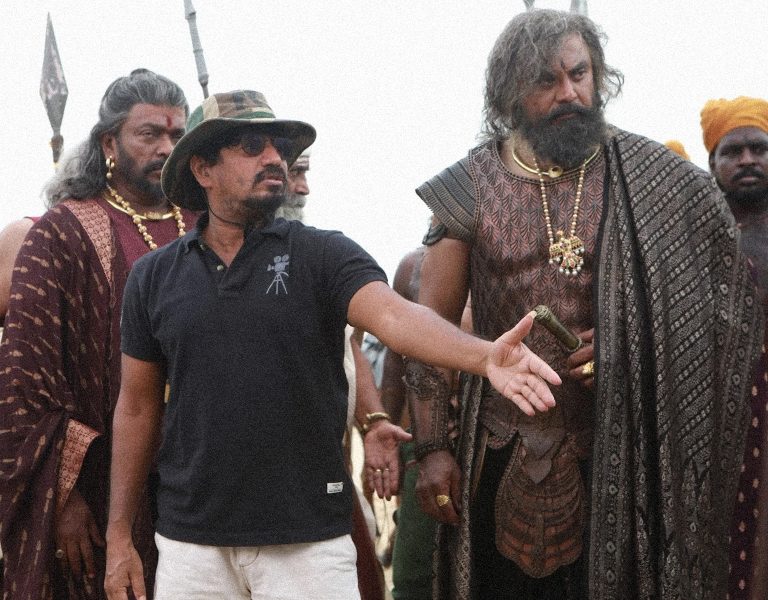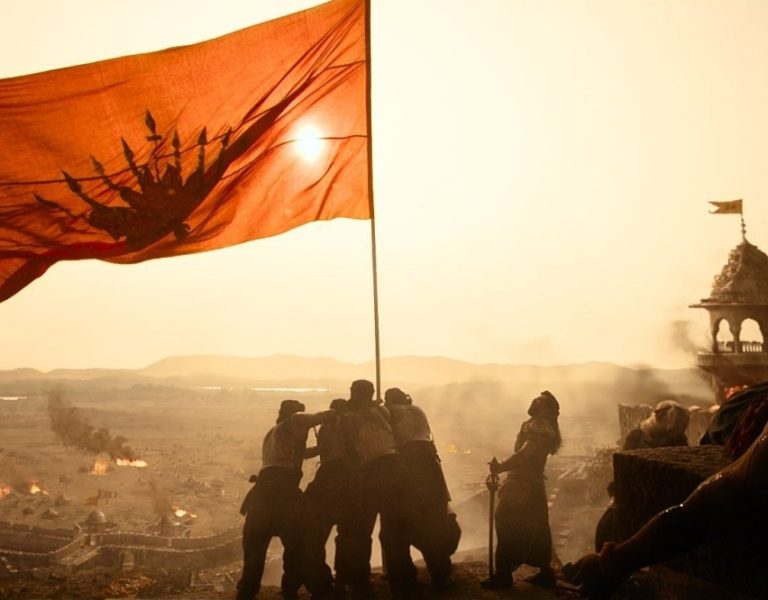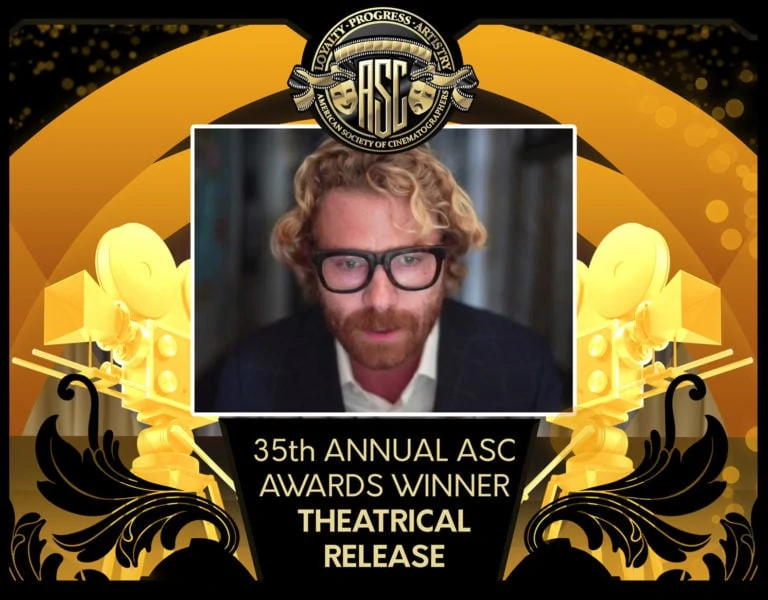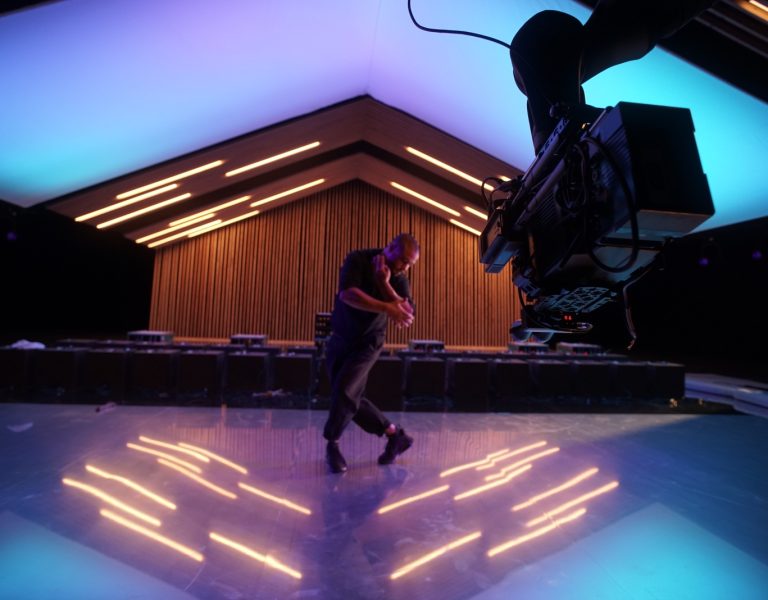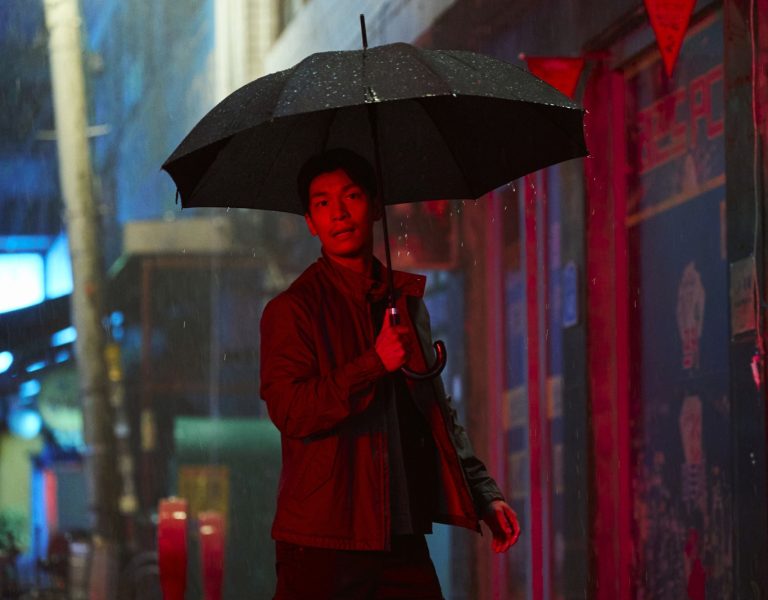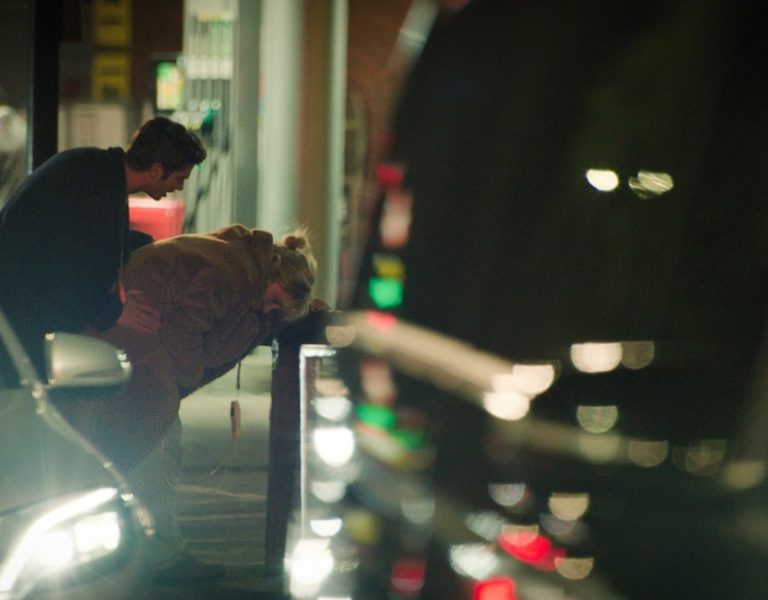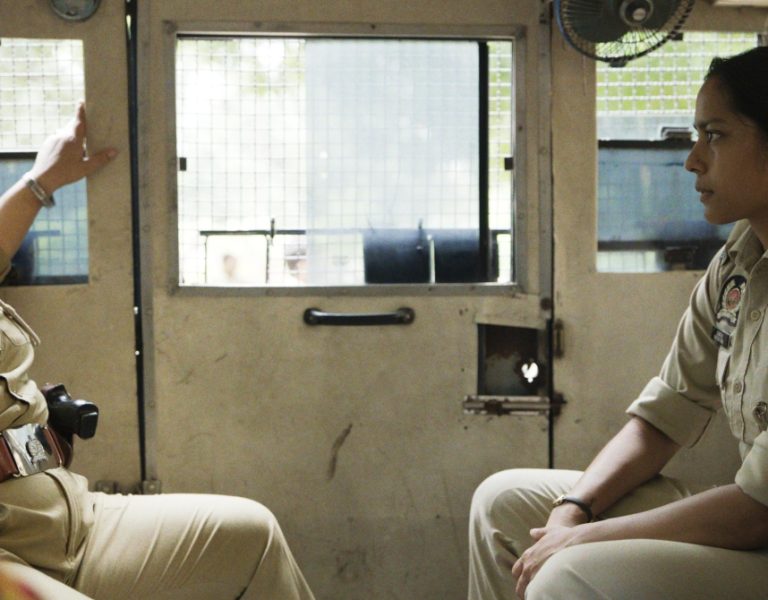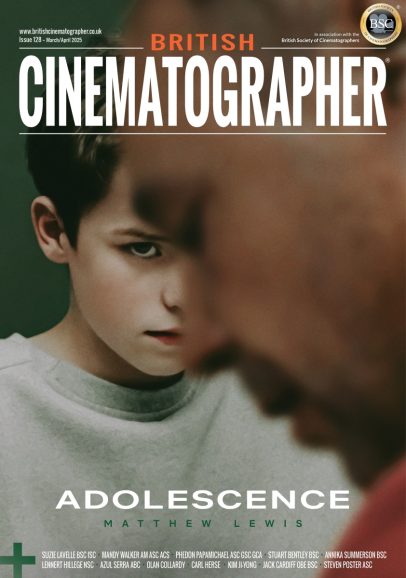A TALE OF TWO ERAS
Following a hit film, a sequel with a fresh cinematographic style demands bold creativity. Ravi Varman ASC ISC shares insights into his different approach and the journey behind his vision.
When Indian premiered in May 1996, director S. Shankar and Kamal Haasan introduced audiences to a gripping narrative that captivated attention from the very start. This Tamil-language vigilante drama not only excelled at the box office but also sparked a Hindi adaptation, Hindustani, which further extended the film’s influence across India.
Critics and audiences alike praised the film for its compelling storyline and innovative direction, highlighting its cultural relevance. Kamal Haasan’s standout performance in a dual role was particularly celebrated, showcasing his exceptional versatility as an actor. The film’s thought-provoking themes and Haasan’s powerful portrayal resonated deeply, making it a landmark in Indian cinema.
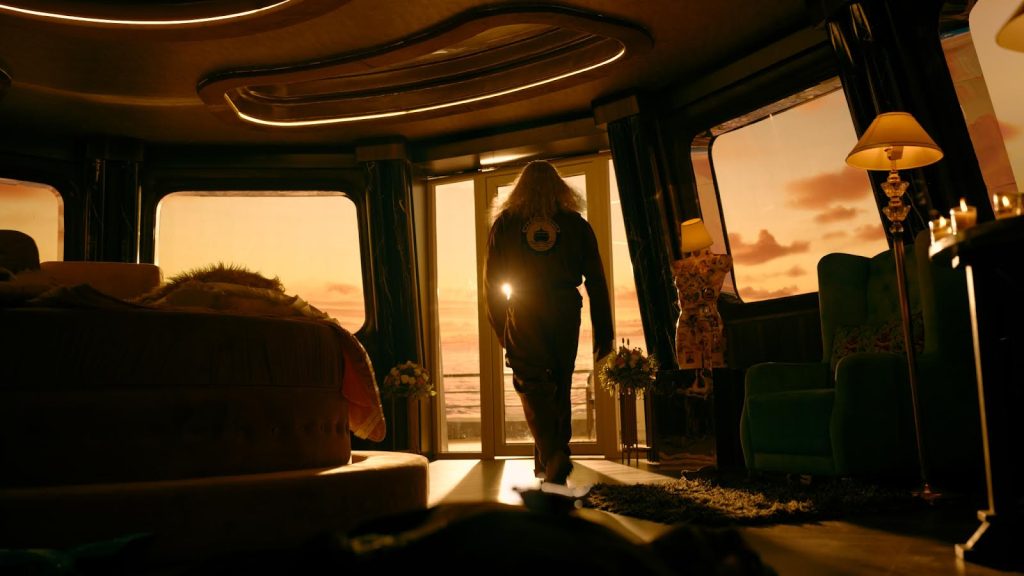
Remarkably, nearly three decades have passed without a sequel. Yet, the wait is finally over with the arrival of Indian 2. This time, the cinematography sees a new maestro behind the camera: Ravi Varman ASC ISC (Barfi!). Although he didn’t shoot the original—helmed by Jeeva—Varman’s contemporary visual approach brings a fresh perspective to this much-anticipated follow-up.
“I took a completely different approach for the visuals due to the significant time leap between the first and second parts,” Varman explains. “This movie was shot over six years, with production halts due to COVID. Sadly, we were unable to use three actors during this period. To address this, we utilised AI to recreate their faces, shooting with body doubles who had similar features. As the AI technology is still in its nascent stage, the synthesised faces looked very fake. To overcome this, I added grain to certain parts of the face during the grade to make the skin texture look more realistic and believable. This ensured we maintained continuity and honoured their roles in the film. We also had to use digital de-aging technology to reduce the age of the lead actor (Haasan) from 69 to around 30, with a glimpse of this transformation shown towards the end of part two.”
Varman mostly used the ARRI LF and Mini LF cameras, paired with ARRI Signature Primes and Signature Zoom lenses. He says the rationale behind the decision is based on the fact that “the ARRI sensor produces excellent skin tones and textures,” while the Signature lenses “provided a great depth of field” and a large-format look. “This was crucial for the larger-than-life set pieces and action sequences, which are a trademark of films directed by Mr. Shankar,” he continues. “He is one of the pioneers in Indian cinema known for bringing grandeur to the big screen. For specific shots, we employed ARRI Tilt-Shift lenses. In sequences where larger setups weren’t feasible, especially in public places, we used smaller cameras like the Sony FX3, GoPros, and Insta 360 cameras to achieve a candid yet immersive perspective, perfect for a run-and-gun style of shooting.”
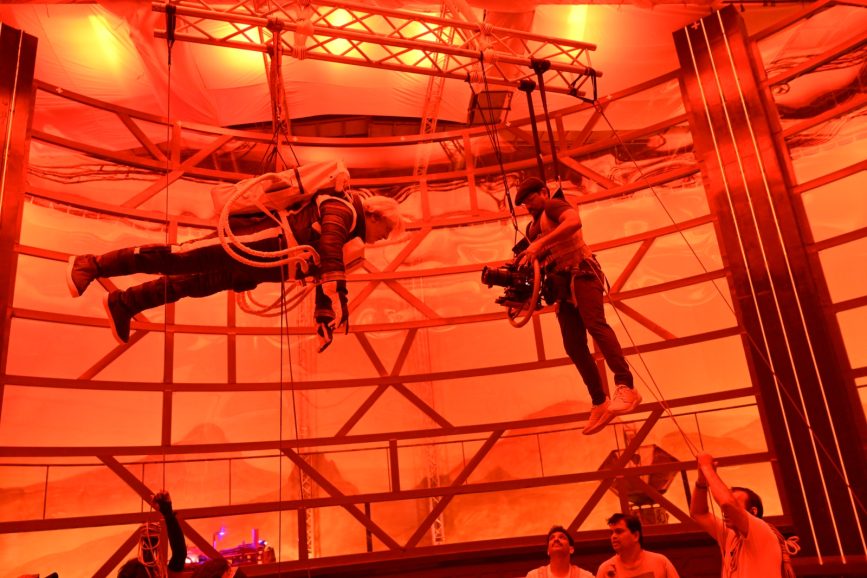
The film features memorable sequences set in the “Gold Room” and in a Mars simulator, which required Varman to employ a variety of lighting techniques. The dramatic scene in the former posed particular challenges due to its complex lighting conditions, pushing Varman to creatively adapt his approach to capture the intensity of the moment.
“The entire set was glistening gold, making conventional film lights impractical due to uneven reflections and the need for numerous lights,” he adds. “However, I wanted to maintain the gold’s shine and glitter. To achieve this, I lit the entire set using practical lights, specifically 60W tungsten bulbs. Their warm glow complemented the gold texture perfectly.” For lighting faces, Varman used the same bulbs and custom-built a softbox for a softer light source. He says this approach not only solved the reflection issue but also significantly reduced lighting costs for the sequence. “In certain challenging action sequences, the faces of the actors had to be replaced as the stunts were performed by professional body doubles,” Varman adds. “It was challenging to shoot the face plates of the actors and recreate the same lighting in a studio, as the lighting conditions were different on the real locations where we shot with the doubles.”
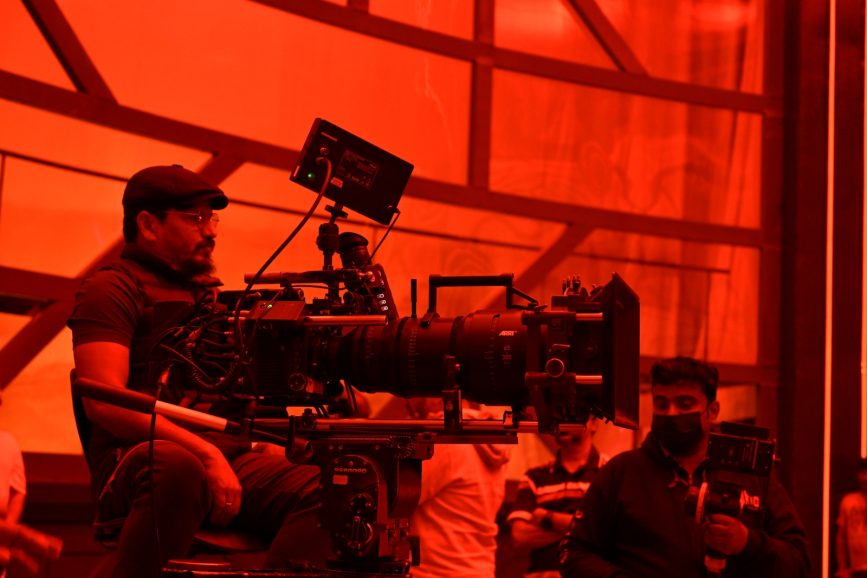
When it comes to his favourite moment in Indian 2, he says it is without doubt the Mars simulator sequence. That’s because the team had to give the audience a zero-gravity experience. “Visually stunning and challenging, red can often bleed when reflected off certain surfaces,” he adds. “To overcome this, I collaborated with the production designer to create set walls that absorbed most reds without bleeding.” Varman used a combination of red colour gels and sodium filters on tungsten lights to evoke the red planet. The centre space was lit with the same red tone using ARRI SkyPanels above. “To immerse the audience, we suspended the actors and the camera on cables, creating a rig for 360-degree fluid movement to simulate zero gravity,” he says. “I must give a special mention to my lead actor, Mr. Kamal Haasan, who performed this sequence with ease despite the daunting task of hanging from the cables for four days while we shot the sequence. He also had to wear prosthetic makeup, which didn’t allow him to consume solid food until the makeup was removed. I’m lucky to have worked with such a cinematographer-friendly actor.”
For the yacht sequence, the team employed an LED volume with Epic Games Unreal Engine to create the background. Most of the ambient light came from the LED panels, with additional source light added for realism. The volume was built around the set, covering 270°, instead of using a standard LED studio, which helped create realistic reflections with the reflective materials in the set. ARRI HMI lights, ARRI SkyPanels, and Astera Titan LED Tubes were used extensively throughout the film.
By the way, the transformation Varman mentioned earlier also offers a glimpse into the future. Exciting news for fans of Indian cinema: Indian 3 is officially in the works, with Varman once again at the helm. The conclusion of the sequel hints at what is to come, setting the stage for yet another epic cinematic journey.

